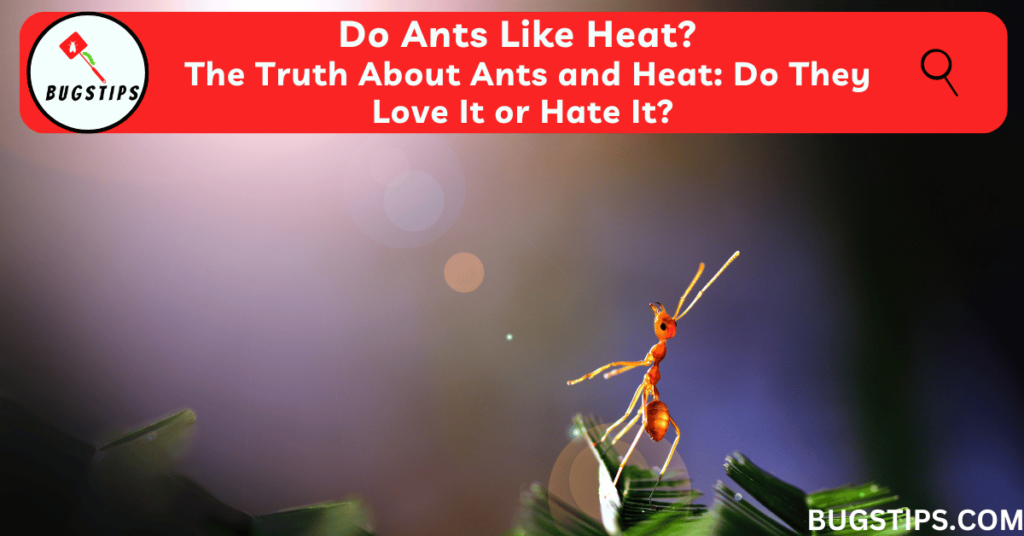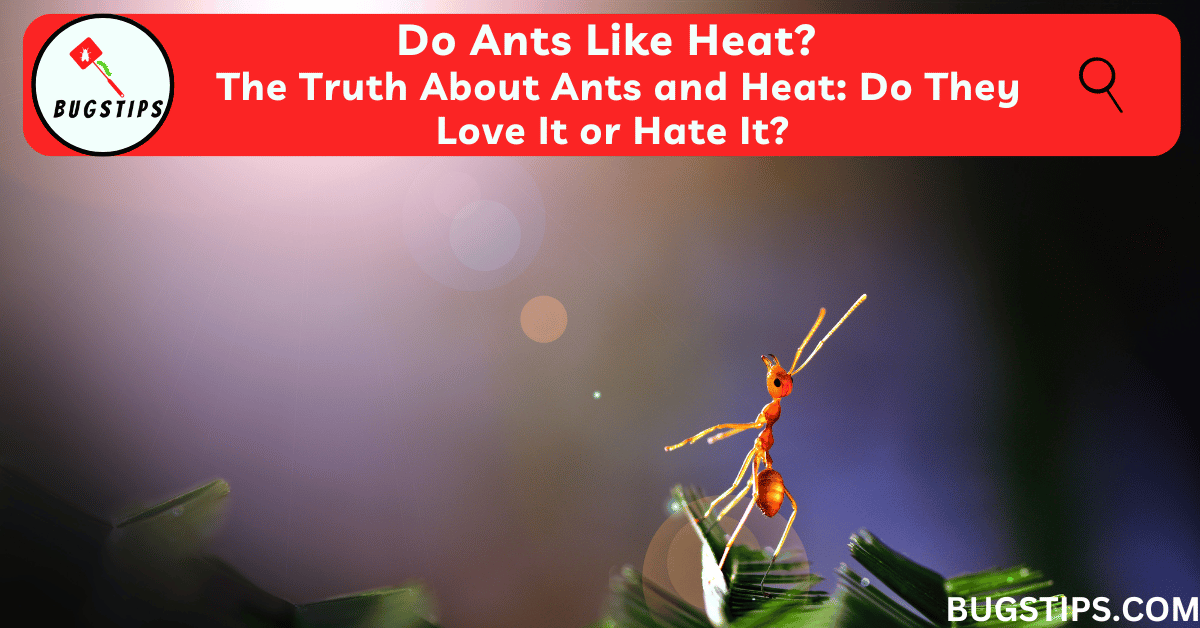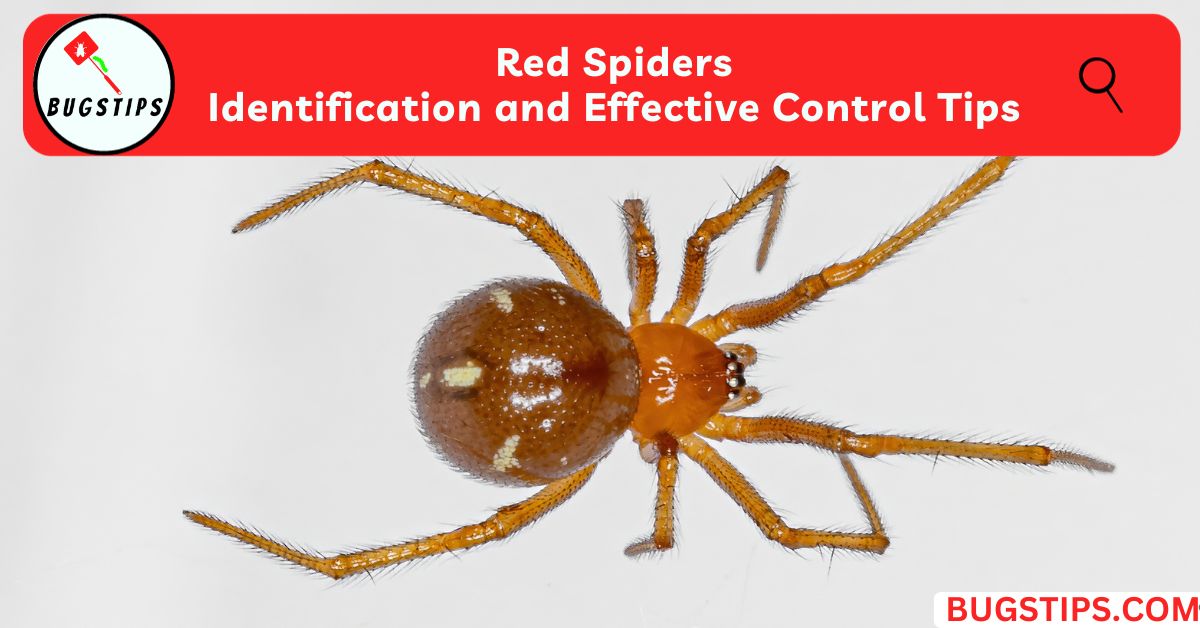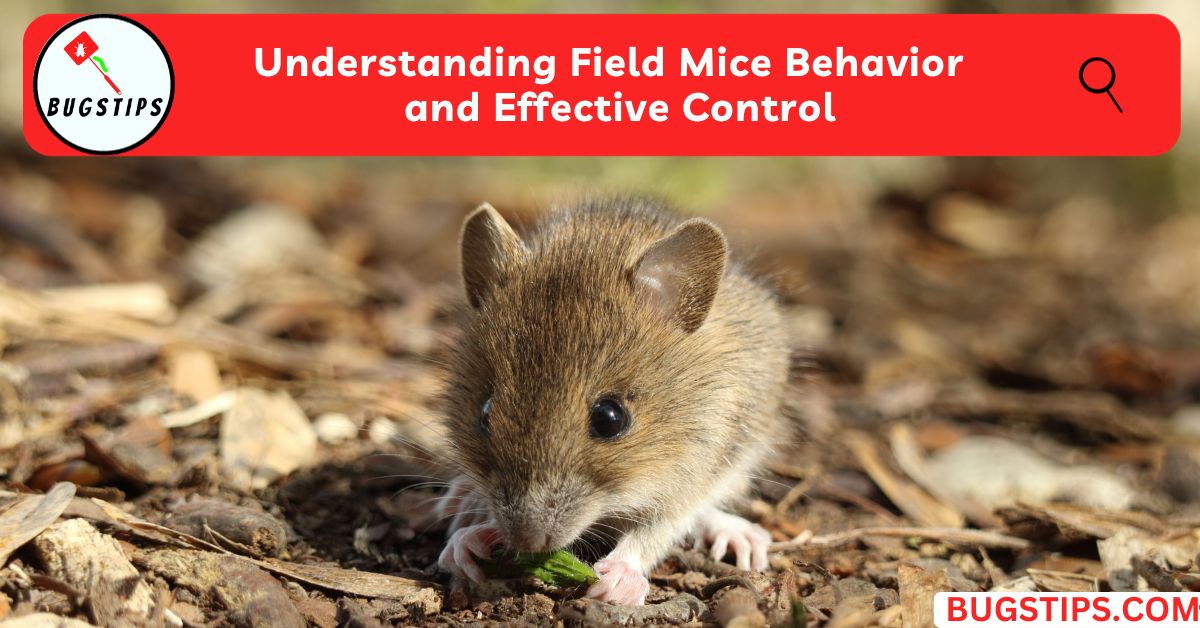This post may contain affiliate links which means as an Amazon Associate, this site may earn a small commission on qualified purchases made through links at no extra cost to you. Learn more on Affiliate Disclosure

Have you ever wondered whether ants like heat? As temperatures start to rise, we often see ants scurrying around in search of food and water, leaving us to ponder whether they are attracted to warmth. The truth is, ants require warm environments to survive, so they are naturally drawn to heat.
But what about the colder months? Do ants simply disappear when the temperature drops, or do they find ways to adapt to their surroundings? In this article, we’ll explore the question “Do ants like heat?” and take a closer look at their behavior during different seasons.
We’ll delve into the science behind ants’ attraction to heat and examine the temperature ranges that ants find most favorable. We’ll also explore how ants respond to extreme heat, and whether it can be used as a means of control.
So whether you’re a curious homeowner looking to learn more about these tiny creatures or simply fascinated by the wonders of the natural world, this article will provide you with all the information you need to know about ants and their relationship with heat.
How Ants React to Temperature: Their Ideal Conditions
Ants are fascinating creatures that have adapted well to their surroundings. Temperature is one of the factors that can have a significant impact on their behavior. Like humans, ants prefer specific temperatures that allow them to thrive and carry out their daily routines.
The ideal temperature for ants ranges from 60-80 degrees Fahrenheit. They are attracted to warmer temperatures and tend to seek shelter in warmer areas during colder weather. On the other hand, extremely hot temperatures can also be harmful to ants, as they can lead to dehydration and even death.
When the temperature drops too low or becomes too hot, ants may slow down their activities or even go into a dormant state to survive. It’s interesting to note that different species of ants have different preferences for temperature ranges.
Understanding the ideal temperature range for ants is essential in managing and controlling their presence in our homes or outdoor spaces. By maintaining the right temperature conditions, we can discourage ants from invading our living spaces and encourage them to thrive in their natural habitats.
You’ll also like – Do Ants Eat Worms? 8 Fascinating Facts That Will Amaze You!
How Ants React to Temperature: Their Ideal Conditions
Ants are fascinating creatures that have adapted well to their surroundings. They can be found in almost every corner of the world, from the depths of the rainforest to the arid deserts. Temperature is one of the factors that can have a significant impact on their behavior. Like humans, ants prefer specific temperatures that allow them to thrive and carry out their daily routines.
What is the Ideal Temperature Range for Common Household Ants?
Different species of ants have different optimal temperature ranges for their productivity and growth. For instance, ants commonly found in households in the United States are most productive when the temperature ranges from 75-95 degrees Fahrenheit. However, desert ants can maintain a temperature range between 16°C and 24°C, while fire ants cannot survive in areas with temperatures below 10 degrees F. Argentine ant larvae require a temperature range of 18°C to 32°C for optimal development, with an optimal temperature closer to 26°C.
Ants are known to regulate their body temperature by moving between microclimates and burrowing into the ground. In addition, some ant species have evolved specific physiological adaptations to deal with extreme temperatures. For example, some desert ants have reflective hairs on their bodies that help them reflect sunlight and reduce heat absorption.
How do Ants Regulate their Body Temperature?
Ants regulate their body temperature through various mechanisms. Some species, like the harvester ant, move between different microclimates to find a temperature that suits them best. Other ants, like the leafcutter ant, will burrow underground to escape the heat or cold. This behavior allows them to maintain a relatively stable temperature in their underground colonies.
Ants also have physiological adaptations that help them regulate their body temperature. For example, some ants have hairs on their bodies that help reflect sunlight and reduce heat absorption, while others have a waxy coating on their exoskeletons that helps them retain moisture.
What is the Minimum Temperature for Fire Ants to Survive?
Fire ants cannot survive in areas with temperatures below 10 degrees F. In fact, prolonged exposure to temperatures below this threshold can lead to the death of the entire colony. Fire ants have evolved to survive in warm, humid environments, and as a result, they are only found in certain parts of the world.
It’s important to note that while fire ants are particularly sensitive to cold temperatures, other ant species may be able to survive in colder environments. As mentioned earlier, some ants have evolved specific physiological adaptations to deal with extreme temperatures.
So temperature plays a crucial role in the behavior and survival of ants. Understanding the ideal temperature ranges for different ant species can help us prevent or manage ant infestations. Whether you are dealing with household ants or outdoor ants, it is essential to take temperature into consideration when trying to control their populations.
Do Ants Like Heat or Cold?
When it comes to temperature preferences, ants prefer warm environments but do not like extreme temperatures, whether too hot or too cold. This is because ants are cold-blooded insects that rely on their environment to regulate their body temperature.
During the summer months, ants become more active and forage for food when the temperature is around 70-90 degrees Fahrenheit. Some species of ants build their colony under a large rock or in a warm, sheltered area to collect heat from the sun. This allows them to regulate their body temperature and maintain a comfortable environment for their colony.
But, in winter, ants become less active as they cannot survive in low temperatures. They seek shelter when the cold weather comes and are attracted to moist conditions. Wet areas in a house such as bathrooms or kitchens can attract ants regardless of the weather outside. If there is a leak in your home, it can also attract ants even if you have cleaned up wet floors and counters.
It is interesting to note that despite their preference for warm environments, ants do not like extreme heat either. High temperatures can be harmful to their eggs and larvae, which is why ants are often seen carrying their young during hot summer days. Additionally, extreme heat can also affect their food sources, making it difficult for them to find sustenance.
Ants prefer warm environments but do not like extreme temperatures. They are attracted to moist conditions and seek shelter when the cold weather comes. Ants have adapted well to their environment and have developed unique strategies to regulate their body temperature and maintain a comfortable environment for their colony.
You’ll also like – Do Ants Eat Bananas: Question Answered with 6 Effective Tips to Keep
At What Temperature Do Ants Die or Become Inactive?
Ants are able to withstand a wide range of temperatures, but extreme temperatures can be fatal or cause them to become inactive. The temperature range that can kill ants varies depending on the species. For example, most ants can survive temperatures ranging from 45°F to 95°F, but they will become less active as the temperature approaches the extremes of this range. On the other hand, some species of ants that live in the desert can tolerate temperatures as high as 122°F. However, when temperatures exceed 140°F, ants will begin to die.
Similarly, extremely cold temperatures can also have a detrimental effect on ants. For example, the black carpenter ant can survive temperatures as low as -4°F, while the red imported fire ant can survive temperatures as low as 25°F for short periods of time. However, if the temperature drops below these thresholds for an extended period of time, the ants will die.
In addition to direct exposure to extreme temperatures, ants can also be affected by indirect temperature changes. For example, sudden drops in temperature can cause ant eggs and larvae to die, leading to a decline in the ant population. It’s important to note that the temperature range that can kill or render ants inactive can also vary depending on the individual ant’s health, age, and location.
Overall, while ants are able to adapt to a wide range of temperatures, extreme temperatures can be fatal or cause them to become inactive. It’s important to take measures to regulate indoor temperature and humidity to discourage ant infestations, especially during periods of extreme temperature fluctuations.
Are All Types of Ants Attracted to Heat?
While most types of ants are attracted to warm temperatures, some species actually prefer cooler environments. For instance, carpenter ants are commonly found in areas that are cooler than the average temperature of the surrounding environment. They build their nests in damp, rotting wood and tend to avoid direct sunlight. Similarly, some species of ants that live in mountainous areas prefer cooler temperatures and are able to thrive in environments that remain below-freezing for much of the year.
On the other hand, there are also some types of ants that do not prefer extreme temperatures at all. For example, fire ants cannot survive in areas with a minimum temperature of 10 degrees Fahrenheit. This means that they are not likely to be found in areas that experience harsh winter conditions, such as northern states in the US. Argentine ants also have a relatively narrow temperature range for optimal development, with a range of 18°C to 32°C, closer to 26°C. Therefore, it can be said that while most ants prefer warm environments, there are some species that actually prefer cooler temperatures and others that cannot survive in extreme temperatures.
Does High Heat Kill Ants?
As we mentioned before in the article, ants prefer warm environments and have a high tolerance for heat. However, the question remains whether high heat can kill ants or not. The answer is not straightforward, as the impact of high heat on ants depends on various factors such as the species of ants, the duration and intensity of the heat, and the ants’ ability to seek shelter or regulate their body temperature.
Studies show that ants of the genus Formica respond to extreme heat by changing their foraging patterns, redesigning their nests, and rearranging the spatial and functional structure of the colonies. This means that these ants can adapt to high temperatures and continue their daily routines. Similarly, the temperate xerothermophilous (Xerothermophilous is a term used to describe a species that is adapted to hot and dry environments.) ant’s homing ability improves with higher soil temperatures. On the other hand, some species of ants may not have the ability to withstand high temperatures and may die as a result.
The direct effects of climate change include elevated temperature, which affects the ant’s metabolism. This means that as the global temperature continues to rise, ants may face challenges in regulating their body temperature, which may impact their survival. Additionally, ants may be more susceptible to high temperatures when they are exposed to prolonged heat without access to shade or moisture.
Overall, the impact of high heat on ants varies based on various factors. While some ants may have the ability to adapt and continue their activities, others may face challenges and may not survive in extreme heat conditions. As with any living organism, temperature plays a crucial role in ant behavior and survival.
How Do Ants Regulate Their Nest Temperature
Ants are known for their ability to maintain a stable and comfortable temperature within their nests, even in the face of fluctuating external temperatures. They use a variety of strategies to regulate their nest temperature, including behavioral and physiological mechanisms.
One common strategy is to construct nests in locations that provide natural insulation, such as underground or in the shade. Additionally, ants may modify the structure of their nests to increase or decrease airflow, or to create a more favorable microclimate. For example, they may plug or unplug nest entrances to regulate ventilation, or build specialized chambers for storing food or rearing young.
Ants also have specialized body structures that help regulate their internal temperature. Some species have specialized hairs or spines that help trap heat, while others have the ability to generate heat through muscle contractions or shivering. In some cases, ants may even use communal body heat to warm their nest, huddling together to create a warm microclimate.
The ability of ants to regulate their nest temperature is an important adaptation that allows them to thrive in a wide range of environments. Through a combination of behavioral and physiological mechanisms, ants are able to create a comfortable and stable microclimate within their nests, even in the face of extreme external temperatures.
How to Keep Ants Away in Hot Weather
Hot weather can cause an increase in ant activity, which can lead to infestations if not managed properly. Here are some tips and strategies for keeping ants away during hot weather:
- Keep your house clean and free of food debris: Ants are attracted to food sources, so make sure to clean up any crumbs or spills immediately. Wipe down counters and sweep floors regularly to eliminate any food sources.
- Store food properly: Keep food in airtight containers to prevent ants from accessing them. This includes pet food and birdseed, which can also attract ants.
- Seal entry points: Ants can enter your home through small cracks and gaps. Seal any entry points with caulk or weather stripping to prevent ants from entering your home.
- Keep vegetation away from your home: Trees, shrubs, and other vegetation can provide a pathway for ants to enter your home. Keep them trimmed and away from your home.
- Use ant repellents: There are a variety of ant repellents available on the market, including natural remedies like vinegar and essential oils. Place these repellents around entry points to keep ants away.
If you already have an ant infestation, there are several treatment options available. These include:
- Bait stations: Ant bait stations are a common treatment option for ant infestations. They contain a poison that the ants carry back to their colony, effectively eliminating the entire colony.
- Insecticides: Insecticides can be applied directly to the ants or around entry points to prevent ants from entering your home.
- Professional pest control: If your ant infestation is particularly severe, it may be necessary to call in a professional pest control company to handle the problem.
By following these tips and using effective treatment options, you can keep ants away during hot weather and prevent infestations from occurring.
Final Thoughts
Ants are highly sensitive to changes in temperature, and their behavior is closely tied to the temperature of their environment. When the temperature rises, ants become more active and may engage in more aggressive behavior toward other ants. However, ants also have a number of adaptations that help them cope with high temperatures, including the ability to regulate their body temperature through behavior and a high surface area to volume ratio. Ultimately, the relationship between ants and temperature is complex and multifaceted, and there is still much to be learned about this fascinating topic.
FAQs
Do ants like hot temperatures?
Ants have a high tolerance for heat and are attracted to warm environments. In fact, some species of ants, such as the tropical fire ant, thrive in hot and humid climates. However, extreme heat can also have negative effects on ants, such as altering their foraging patterns and nest structures.
Can high heat kill ants?
While ants have a high tolerance for heat, prolonged exposure to high temperatures can be lethal for them. Ants may become inactive or even die when exposed to temperatures above 122°F (50°C). However, the exact temperature range that can kill ants may vary depending on the species and their ability to regulate their body temperature.
Do ants disappear during hot weather?
Ants do not disappear during hot weather. In fact, ants are more active during the hotter months and can become a nuisance if they invade our living spaces in search of food and water. While some ants may be less active during the hottest part of the day, they will still be present and active throughout the day and night. It is important to take preventive measures to keep ants away during hot weather to avoid infestations.
How do ants respond to heat?
Ants have different responses to heat, depending on the species. Some ants can tolerate high temperatures and even use the heat to their advantage by regulating the temperature in their nests. Other ants may become inactive or alter their foraging patterns in response to high heat. The response to heat may also vary depending on the time of day and the location of the ants. Overall, ants have evolved various strategies to deal with high temperatures and ensure the survival of their colonies.
Do ants hate cold rooms?
Ants generally prefer warmer environments and may not thrive in cold rooms. However, the effect of cold temperatures on ants may depend on the species and their ability to adapt to different environmental conditions. Some ants may be able to survive in cold environments by hibernating or entering a state of torpor.
Resources – (for further reading)
Urban physiology: city ants possess high heat tolerance – Michael J. Angilletta Jr. et al.
Ant Thermal Tolerance: A Review of Methods, Hypotheses, and Sources of Variation. – Karl A. Roeder, Diane V. Roeder, Jelena Bujan
What Happens When You Turn Up the Heat on Ants? – Natural Resources Defense Council (NRDC)
Thermoregulation strategies in ants in comparison to other social insects – Kadochová, S., & Frouz, J. (2013),




